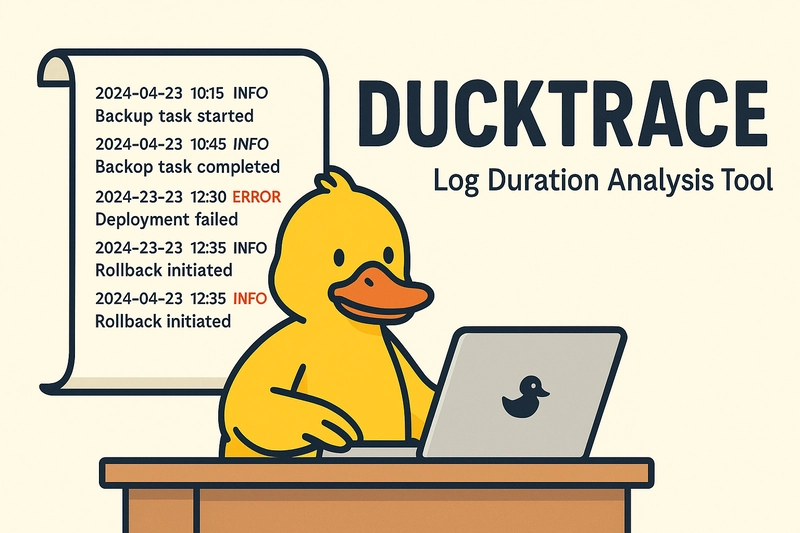Social Engineering Awareness: How CISOs And SOC Heads Can Protect The Organization
Social engineering has become the dominant attack vector in the modern cybersecurity landscape. As technical defenses evolve and strengthen, attackers have shifted their focus to the human element, exploiting psychological vulnerabilities to bypass even the most robust security systems. Studies indicate that social engineering is a factor in the vast majority of successful cyberattacks, with […] The post Social Engineering Awareness: How CISOs And SOC Heads Can Protect The Organization appeared first on Cyber Security News.

Social engineering has become the dominant attack vector in the modern cybersecurity landscape.
As technical defenses evolve and strengthen, attackers have shifted their focus to the human element, exploiting psychological vulnerabilities to bypass even the most robust security systems.
Studies indicate that social engineering is a factor in the vast majority of successful cyberattacks, with phishing, pretexting, and baiting among the most common techniques.
For Chief Information Security Officers (CISOs) and Security Operations Center (SOC) leaders, the challenge is not only to deploy technical controls but also to foster a culture of vigilance and resilience among employees.
This article explores the psychology behind social engineering, technical defenses that can be deployed, and strategic approaches for building organizational resilience.
Understanding The Psychology Of Social Engineering
Social engineering attacks are successful because they leverage fundamental aspects of human psychology.
Attackers exploit tendencies such as trust in authority, fear of negative consequences, the desire to reciprocate favors, and the inclination to remain consistent with previous commitments.
Before launching an attack, adversaries typically gather information about their targets from social media, corporate websites, and other publicly available sources.
This reconnaissance enables them to craft convincing deception campaigns that can evade even the most advanced technical security measures.
The typical social engineering attack follows a structured lifecycle.
First, attackers engage in preparation and information gathering, identifying specific individuals and learning about their roles, routines, and relationships.
Next, they initiate infiltration by establishing trust, often by impersonating a trusted authority figure or a familiar contact.
Once trust is established, the exploitation phase begins, where the victim is manipulated into divulging sensitive information, clicking malicious links, or granting system access.
Finally, the attacker disengages, often covering their tracks to avoid detection.
A classic example involves attackers sending emails that appear to originate from an organization’s Chief Financial Officer, warning of an urgent issue and instructing employees to download a security patch.
In such scenarios, the combination of authority and urgency proves highly effective, with many employees, including senior executives, falling for the ruse and inadvertently compromising their credentials.
The Role Of Artificial Intelligence In Social Engineering
Artificial intelligence has dramatically increased both the sophistication and effectiveness of social engineering attacks.
AI-powered tools can analyze a target’s communication patterns, online behavior, and social connections to generate highly personalized phishing messages.
These messages can mimic the tone, style, and context of trusted contacts, making them extremely difficult to detect.
On the defensive side, AI can also be leveraged to analyze user behavior, detect anomalies, and flag potential social engineering attempts.
This ongoing arms race between attackers and defenders underscores the need for continuous investment in both technology and training.
Technical Defenses Against Social Engineering
- The human factor is central to social engineering, but technical controls are also a critical component of a comprehensive defense strategy.
- Email security is paramount because phishing is the most prevalent social engineering vector.
- Modern email security solutions use artificial intelligence and machine learning algorithms to analyze message content, sender behavior, and communication patterns in real time.
- These systems can identify and quarantine suspicious emails before they reach end users.
- By implementing such solutions, organizations can significantly reduce the risk of successful social engineering attacks.
Multi-factor authentication (MFA) adds another essential layer of protection by requiring users to provide multiple forms of verification before accessing sensitive systems.
However, attackers have developed methods to bypass MFA, such as MFA fatigue attacks, where users are bombarded with authentication requests until they approve one out of frustration.
To counter these tactics, organizations should implement adaptive MFA solutions that incorporate behavioral analysis and contextual authentication, detecting and blocking anomalous approval patterns.
Security Information and Event Management (SIEM) platforms equipped with User and Entity Behavior Analytics (UEBA) are also invaluable.
These systems establish behavioral baselines for users and devices, continuously monitoring for deviations that may indicate compromise.
For example, if an employee who typically logs in from one location suddenly accesses sensitive data from a different country, the system can trigger an alert for further investigation.
Network segmentation and zero-trust architecture further limit the potential impact of social engineering attacks.
By dividing the network into isolated segments and verifying every access request based on identity and context, organizations can prevent attackers from moving laterally within the network after gaining initial access.
This approach significantly reduces the risk of widespread compromise following a successful social engineering attack.
Advanced Threat Detection And Response
In addition to preventative measures, organizations must invest in advanced threat detection and response capabilities.
Endpoint detection and response (EDR) solutions can identify malicious activity on user devices, while automated incident response workflows enable SOC teams to contain threats quickly.
Regular vulnerability assessments and penetration testing help identify weaknesses that could be exploited by social engineers, allowing organizations to address them proactively.
Building Human Resilience: Strategic Approaches For Security Leaders
Technical controls are only part of the solution. To effectively combat social engineering, CISOs and SOC heads must prioritize the human element.
Traditional security awareness training, often delivered as an annual requirement, is insufficient against today’s sophisticated threats.
Instead, organizations should implement continuous, interactive training programs that address the specific psychological tactics used by attackers.
Training should be tailored to different roles, with high-risk groups such as executives and IT administrators receiving specialized instruction.
Simulated phishing campaigns and social engineering penetration tests provide employees with practical experience in recognizing and responding to attacks.
These exercises should be conducted regularly and increase in complexity over time, mirroring the evolving tactics used by real-world adversaries.
The goal is not to punish employees for mistakes but to create teachable moments that reinforce awareness and encourage vigilance.
Creating a positive security culture is essential. Employees should be encouraged to report suspicious activity without fear of reprisal.
Comprehensive Vulnerability Management
A robust vulnerability management program is critical for addressing both technical and human risks.
This includes regular assessments of all potential attack surfaces, prioritization of vulnerabilities based on risk, and a structured remediation process.
By integrating vulnerability management with security awareness initiatives, organizations can ensure that both technological and human factors are addressed in a coordinated manner.
In conclusion, social engineering remains one of the most formidable challenges facing modern organizations.
By combining advanced technical controls with continuous training and a culture of security awareness, CISOs and SOC leaders can significantly reduce the risk of successful attacks.
The key is to recognize that security is not solely a technological issue, but a human one, requiring ongoing vigilance, investment, and collaboration across all levels of the organization.
Find this News Interesting! Follow us on Google News, LinkedIn, & X to Get Instant Updates!
The post Social Engineering Awareness: How CISOs And SOC Heads Can Protect The Organization appeared first on Cyber Security News.




























































































































































![[The AI Show Episode 143]: ChatGPT Revenue Surge, New AGI Timelines, Amazon’s AI Agent, Claude for Education, Model Context Protocol & LLMs Pass the Turing Test](https://www.marketingaiinstitute.com/hubfs/ep%20143%20cover.png)






























































































































![[FREE EBOOKS] AI and Business Rule Engines for Excel Power Users, Machine Learning Hero & Four More Best Selling Titles](https://www.javacodegeeks.com/wp-content/uploads/2012/12/jcg-logo.jpg)








































































































































































































































![Hostinger Horizons lets you effortlessly turn ideas into web apps without coding [10% off]](https://i0.wp.com/9to5mac.com/wp-content/uploads/sites/6/2025/04/IMG_1551.png?resize=1200%2C628&quality=82&strip=all&ssl=1)



![This new Google TV streaming dongle looks just like a Chromecast [Gallery]](https://i0.wp.com/9to5google.com/wp-content/uploads/sites/4/2025/04/thomson-cast-150-google-tv-1.jpg?resize=1200%2C628&quality=82&strip=all&ssl=1)













![Apple Drops New Immersive Adventure Episode for Vision Pro: 'Hill Climb' [Video]](https://www.iclarified.com/images/news/97133/97133/97133-640.jpg)

![Most iPhones Sold in the U.S. Will Be Made in India by 2026 [Report]](https://www.iclarified.com/images/news/97130/97130/97130-640.jpg)



































































































































